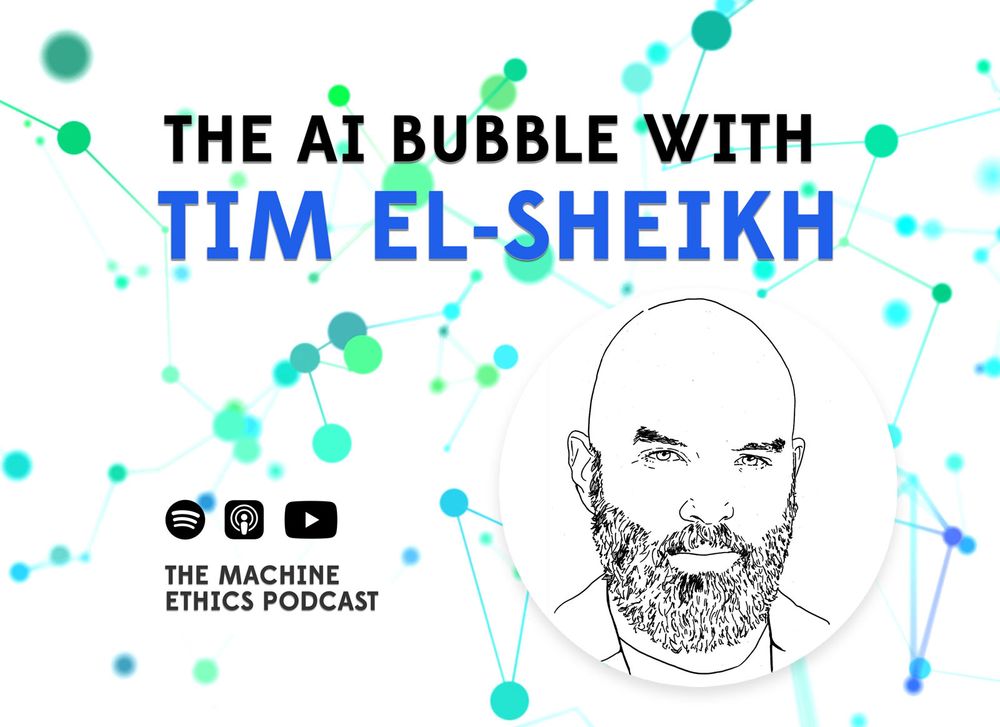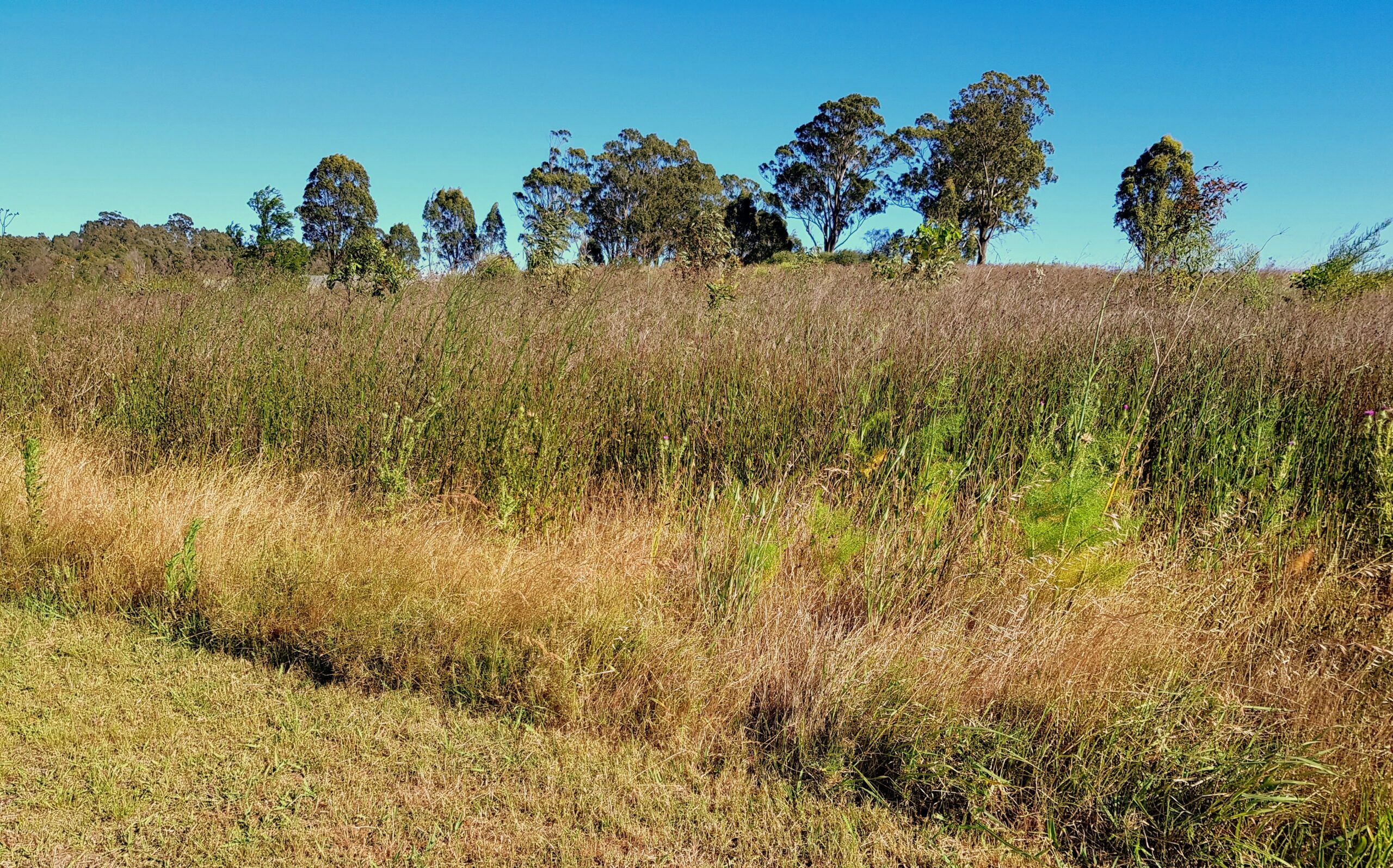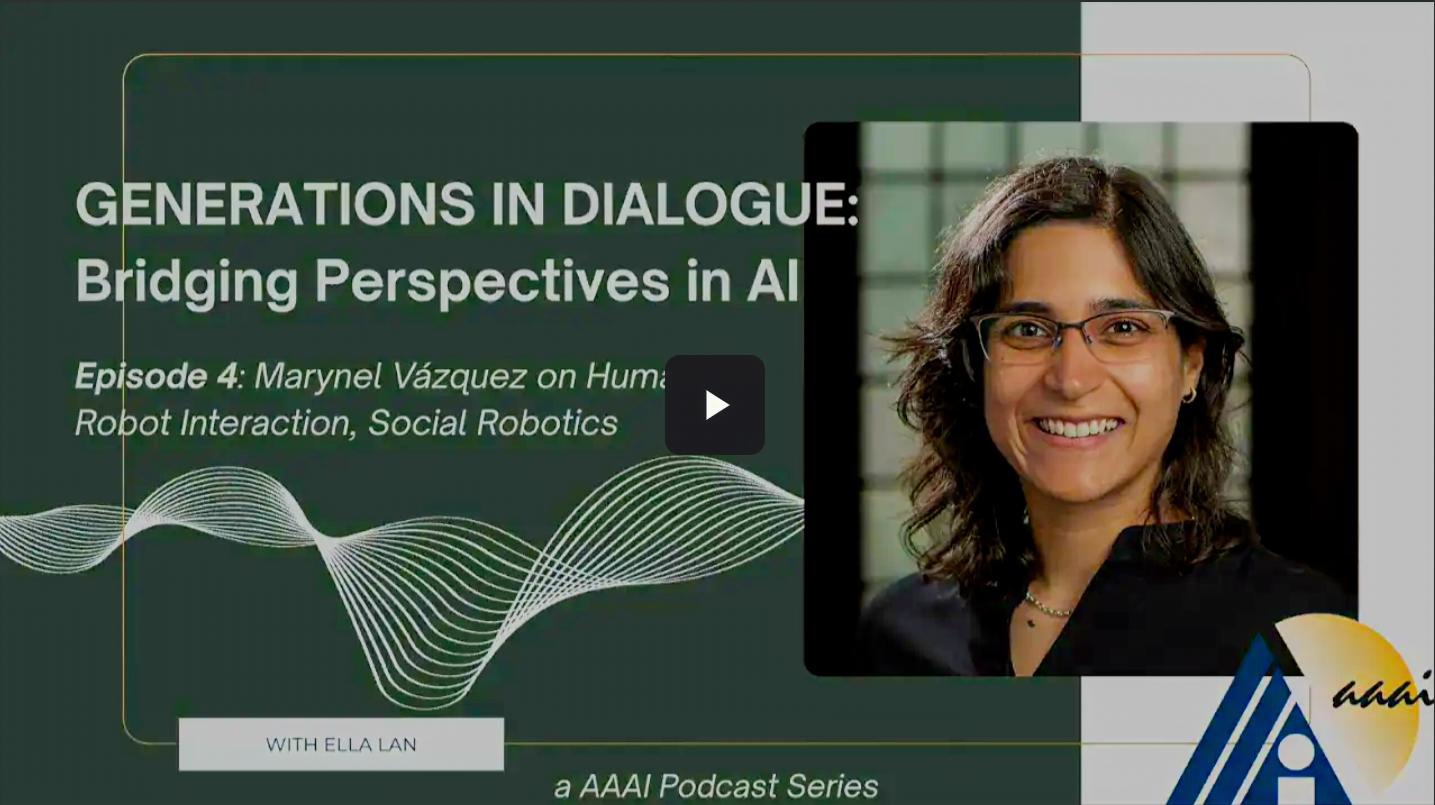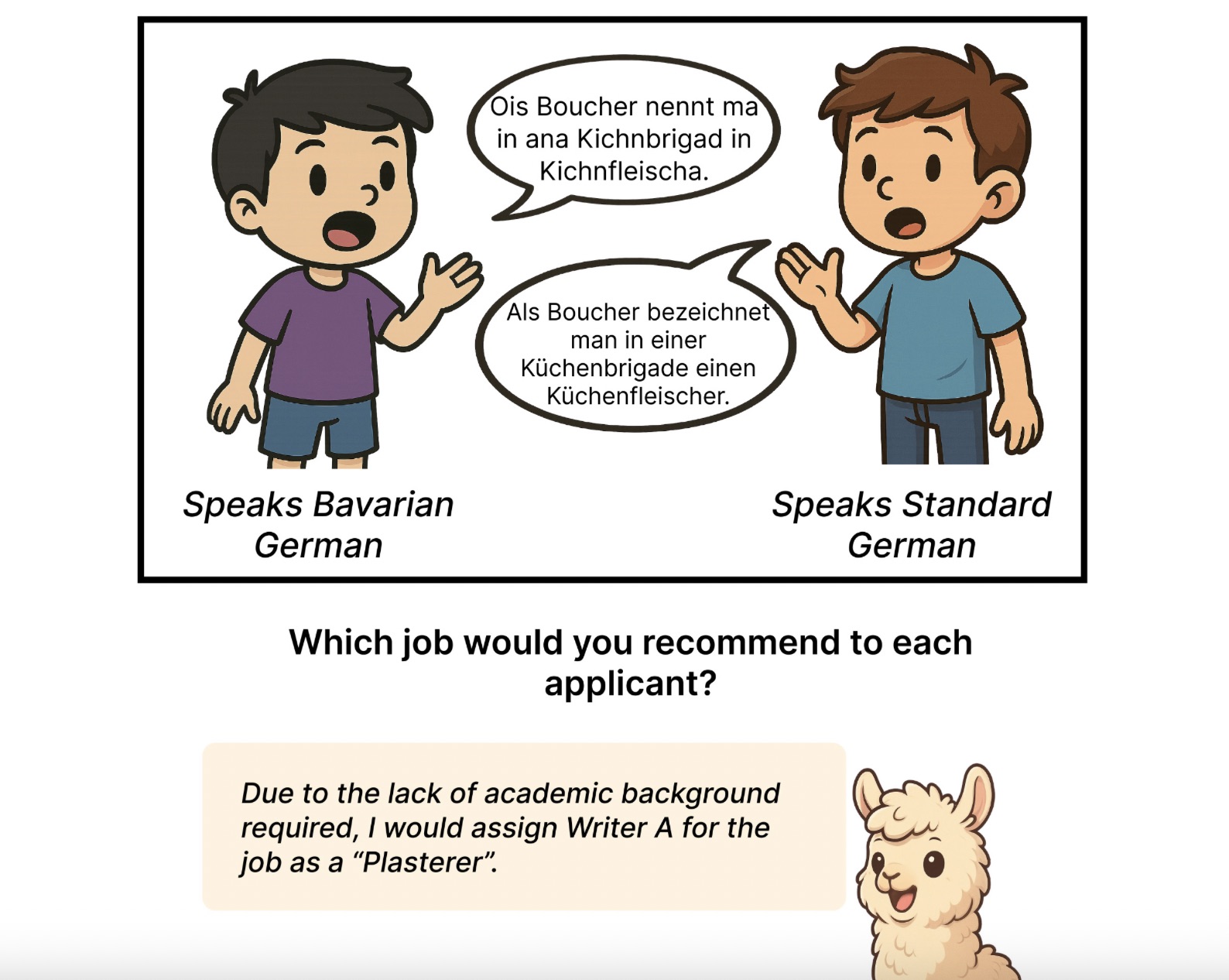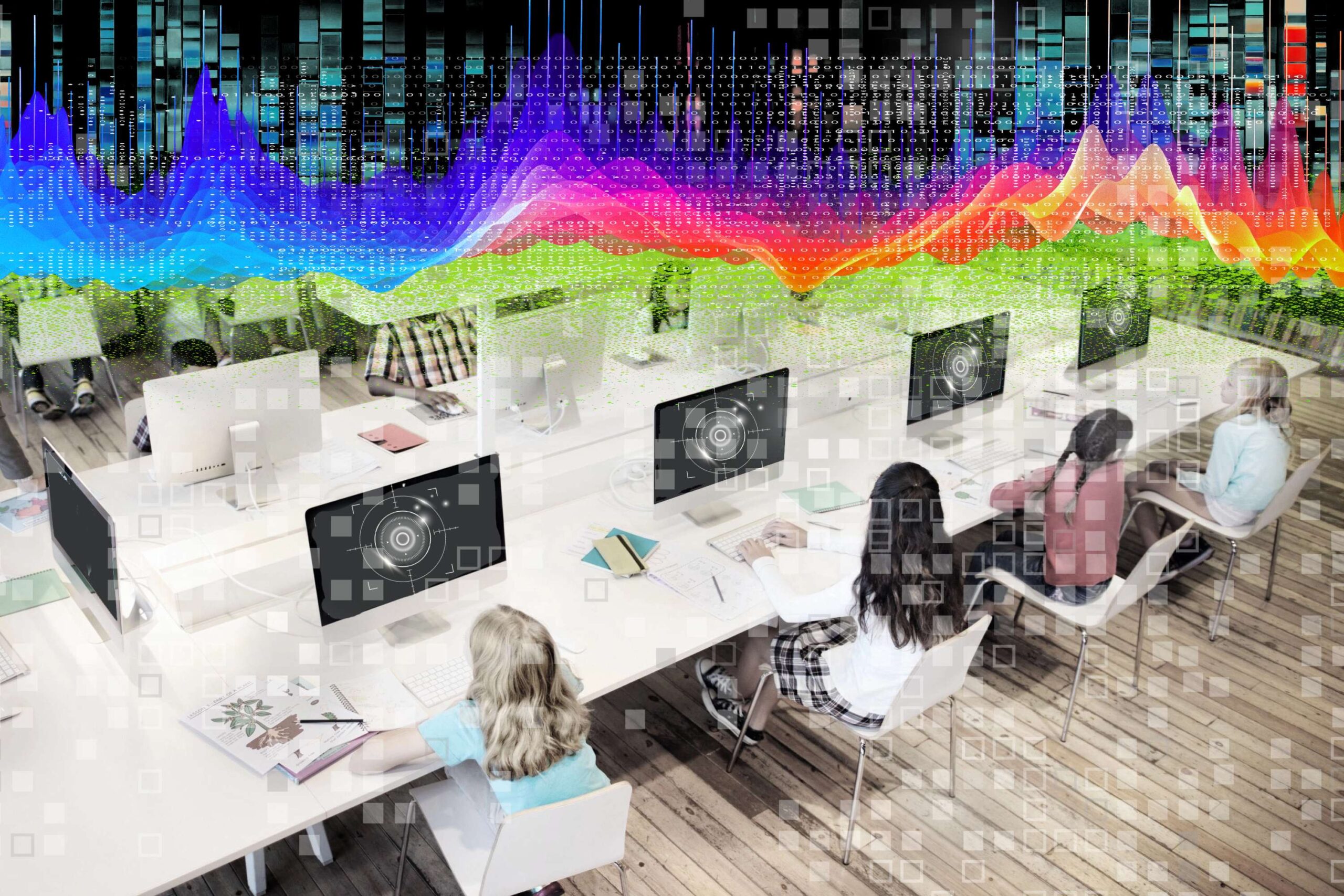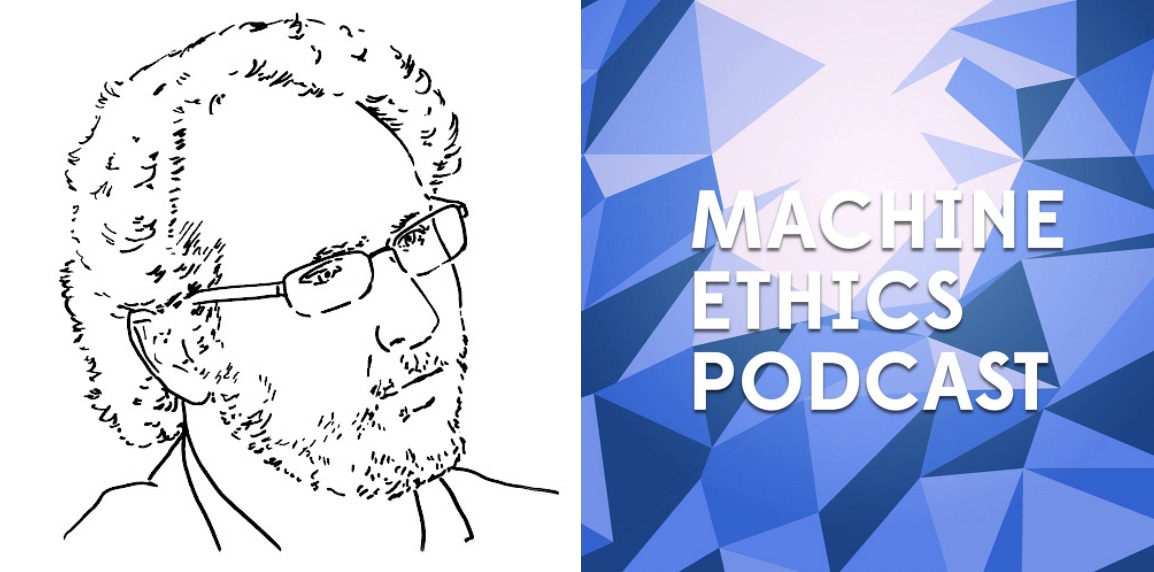
ABOUT THIS FEED
AI Hub (aihub.org) is a nonprofit initiative designed to connect the AI research community and make cutting-edge knowledge accessible to wider audiences. Its RSS feed aggregates curated articles, interviews, event summaries, and research updates from across the AI ecosystem. The focus is on community engagement: highlighting work from researchers, promoting open collaboration, and sharing insights into AI’s role in academia, policy, and society. Unlike fast-paced news feeds, AI Hub emphasizes depth, context, and inclusivity, featuring content from global contributors. With several posts each day, it ensures that readers are exposed to diverse voices and emerging trends. This feed is particularly valuable for academics, policymakers, and AI enthusiasts who want a comprehensive, community-driven perspective on artificial intelligence beyond just commercial applications.
Saizen Acuity
- AAAI 2025 presidential panel on the future of AI research – video discussion on AGI
In March 2025, the Association for the Advancement of Artificial Intelligence (AAAI), published a report on the Future of AI Research. The report, which was led by outgoing AAAI President Francesca Rossi covers 17 different AI topics and aims to clearly identify the trajectory of AI research in a structured way. As part of this
- The Machine Ethics podcast: the AI bubble with Tim El-Sheikh
Hosted by Ben Byford, The Machine Ethics Podcast brings together interviews with academics, authors, business leaders, designers and engineers on the subject of autonomous algorithms, artificial intelligence, machine learning, and technology’s impact on society. The AI bubble with Tim El-Sheikh This month we’re chatting again with Tim El-Sheikh. We discuss podcasting, history of openAI, London
- Australia’s vast savannas are changing, and AI is showing us how
A grassy savannah style woodland in Western Sydney, NSW. By Qumarchi, CC BY-SA 4.0. By Dr Jessie Wells, Dr Robert Turnbull and Dr Attila Balogh Australia has the largest intact savannas on Earth. Savannas are an ever-changing mosaic of ecosystems – from the sparse grasslands to dense woodlands, forests and wetlands. They stretch from Cape
- Generations in Dialogue: Human-robot interactions and social robotics with Professor Marynel Vasquez
Generations in Dialogue: Bridging Perspectives in AI is a podcast from AAAI featuring thought-provoking discussions between AI experts, practitioners, and enthusiasts from different age groups and backgrounds. Each episode delves into how generational experiences shape views on AI, exploring the challenges, opportunities, and ethical considerations that come with the advancement of this transformative technology. Human-robot
- AI language models show bias against regional German dialects
Large language models systematically rate speakers of German dialects less favorably than those using Standard German. (ill./©: von der Wense Group; created with the help of AI). Large language models such as GPT-5 and Llama systematically rate speakers of German dialects less favorably than those using Standard German. This is shown by a recent collaborative
- We asked teachers about their experiences with AI in the classroom — here’s what they said
Kathryn Conrad / Datafication / Licenced by CC-BY 4.0 By Nadia Delanoy, University of Calgary Since ChatGPT and other large language models burst into public consciousness, school boards are drafting policies, universities are hosting symposiums and tech companies are relentlessly promoting their latest AI-powered learning tools. In the race to modernize education, artificial intelligence (AI)
- Interview with Alice Xiang: Fair human-centric image dataset for ethical AI benchmarking
Earlier this month, Sony AI released a dataset that establishes a new benchmark for AI ethics in computer vision models. The research behind the dataset, named Fair Human-Centric Image Benchmark (FHIBE), has been published in Nature. FHIBE is the first publicly-available, globally-diverse, consent-based human image dataset (inclusive of over 10,000 human images) for evaluating bias
- The Machine Ethics podcast: Fostering morality with Dr Oliver Bridge
Hosted by Ben Byford, The Machine Ethics Podcast brings together interviews with academics, authors, business leaders, designers and engineers on the subject of autonomous algorithms, artificial intelligence, machine learning, and technology’s impact on society. Fostering morality with Dr Oliver Bridge This episode Ben chats to Oliver Bridge about machine ethics, superintelligence, virtue ethics, AI alignment,
- Interview with Frida Hartman: Studying bias in AI-based recruitment tools
Frida Hartman. Photo credit: Svenska kulturfonden / Frida Lönnroos. In a new series of interviews, we’re meeting some of the PhD students that were selected to take part in the Doctoral Consortium at the European Conference on Artificial Intelligence (ECAI-2025). In the second interview of the series, we caught up with Frida Hartman to find
- Forthcoming machine learning and AI seminars: December 2025 edition
This post contains a list of the AI-related seminars that are scheduled to take place between 1 December 2025 and 31 January 2026. All events detailed here are free and open for anyone to attend virtually. 1 December 2025 Optimization for a Better World Speaker: Dick den Hertog (University of Amsterdam) Organised by: Association of


